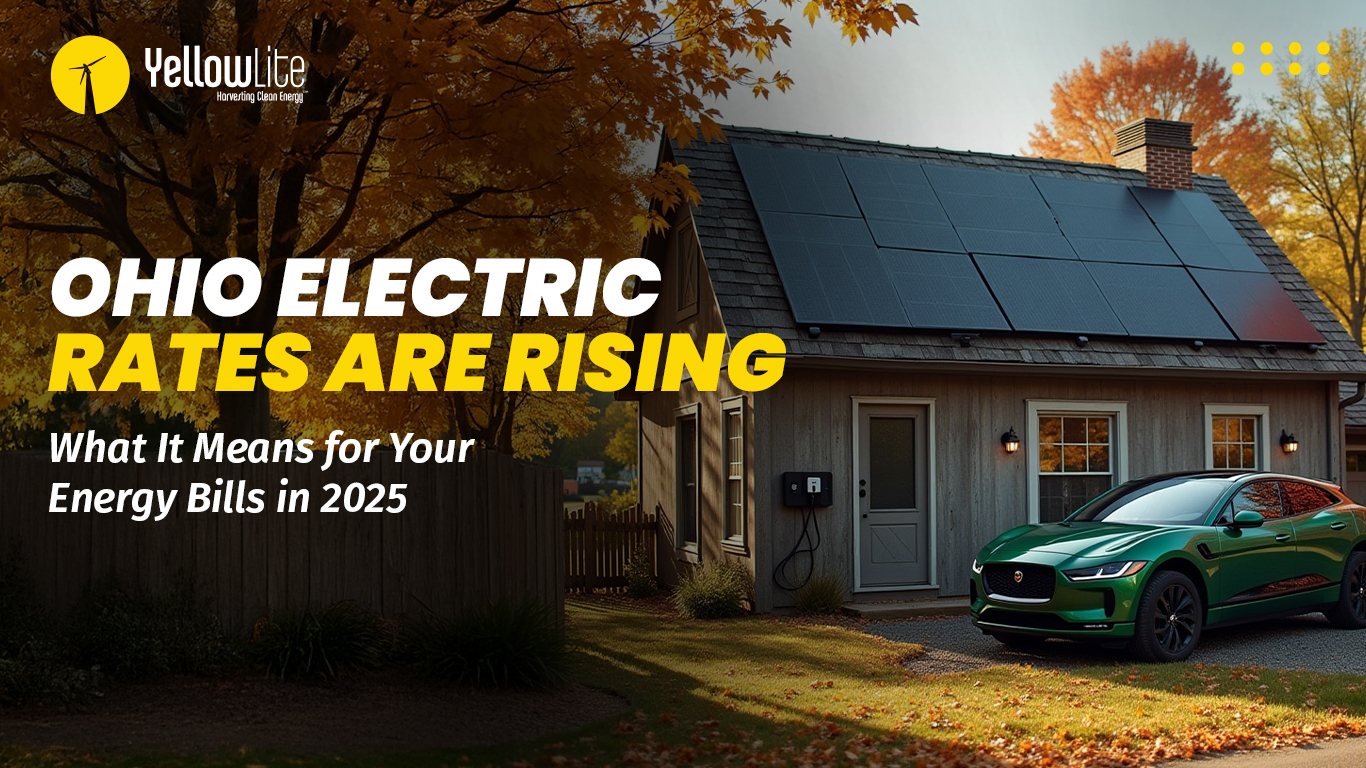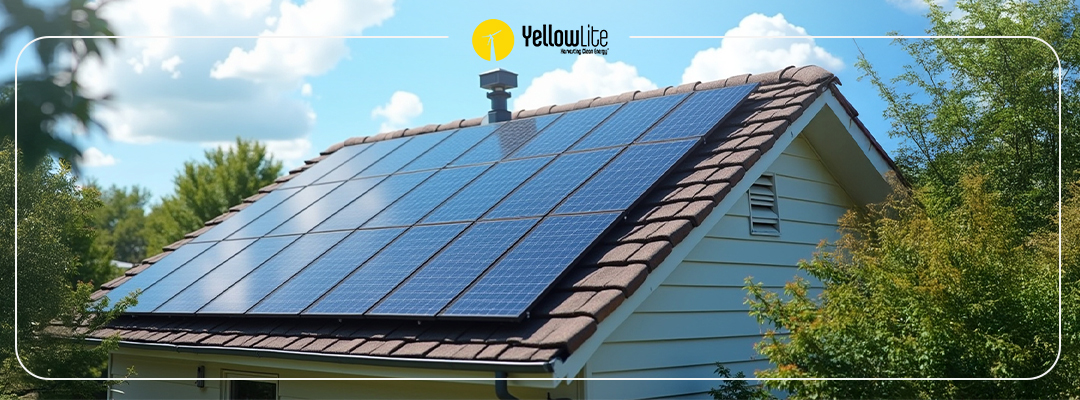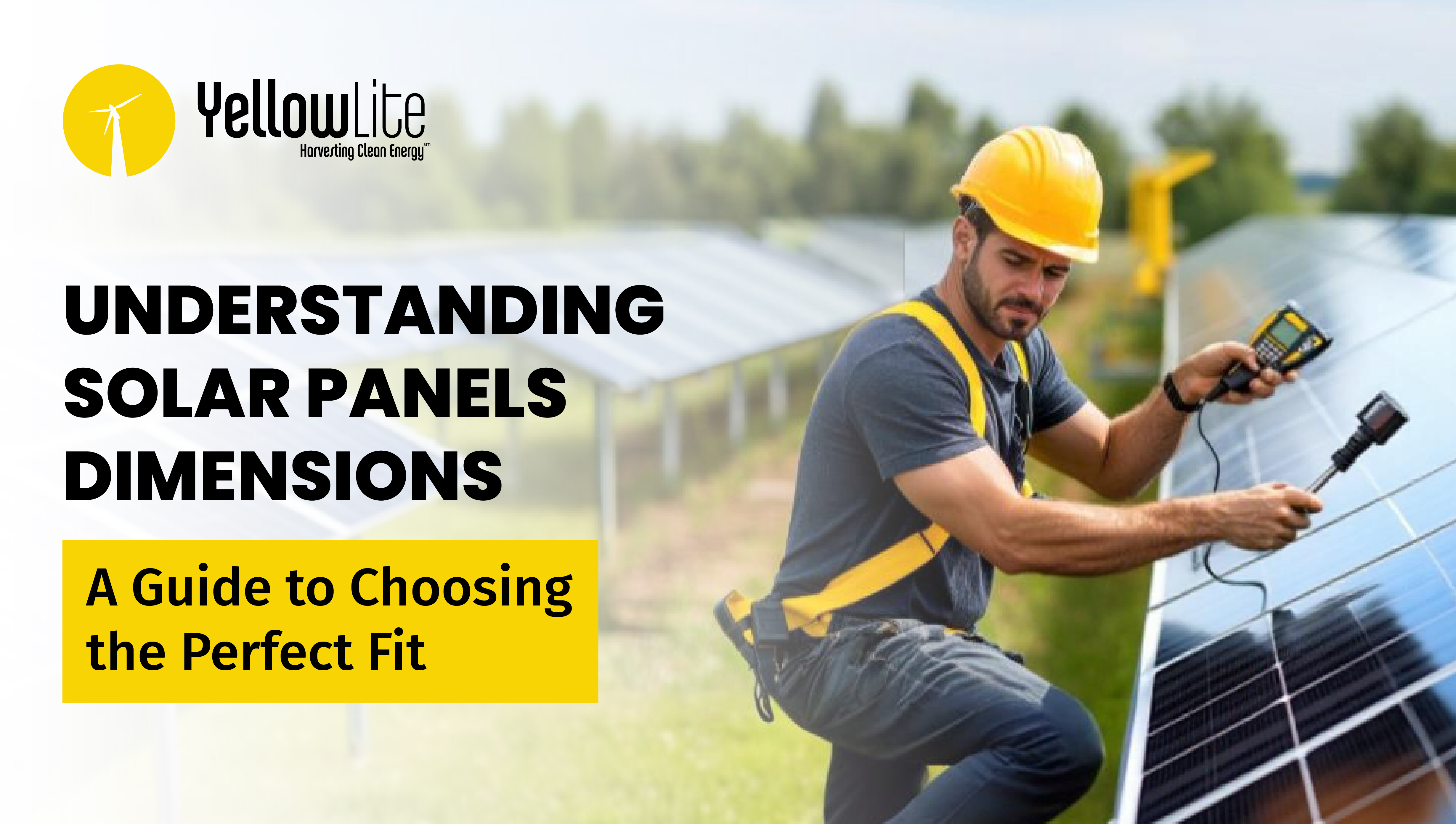Solar energy has become a vital source of renewable energy for businesses, helping companies reduce their carbon footprint and lower their energy costs. Commercial solar panels have seen significant growth in recent years as more businesses seek to transition to renewable energy sources. One critical consideration when installing a solar panel system is the cost, as it determines the return on investment (ROI) for the company. This article examines the current state of commercial solar panel costs, solar energy insktallation, the factors affecting costs, and the future outlook for commercial solar panel costs in 2023.
Current State of Commercial Solar Panel Costs
The cost of commercial solar panels has steadily decreased over the years, making it a more affordable and attractive option for businesses. In 2020, the average cost of a commercial solar panel system was $1.50 per watt, which was a significant reduction from the $6 per watt in 2010. According to the National Renewable Energy Laboratory, the cost of commercial solar panels in the US has decreased by 66% over the past decade, and it is expected to continue to decline.
Factors Affecting Commercial Solar Panel Costs
Several factors impact commercial solar panel costs. Understanding these factors helps businesses to make informed decisions when investing in solar panel systems.
1. Installation Costs
Installation costs can vary depending on the complexity of the installation process, such as the size of the system, type of roof, and location of the building. Businesses should expect to pay more if the installation process is more challenging or requires specialized equipment.
2. Equipment Costs
The cost of solar panels, inverters, and other components can vary depending on the brand, quality, and efficiency of the equipment. High-quality equipment can be more expensive but can provide better performance and longer lifespan.
3. Financing Costs
Financing options for commercial solar panel systems can impact the overall cost. Businesses can choose to lease, purchase, or finance the system, and each option has different costs and benefits.
4. Maintenance Costs
Commercial solar panel systems require regular maintenance to ensure optimal performance and longevity. Maintenance costs can include cleaning, repairs, and replacements of parts, such as inverters or batteries.
How much do commercial solar panels cost?
The cost of commercial solar panels can vary depending on several factors, including the size of the system, location, and installation costs. On average, commercial solar panels can cost between $2.50 and $3.50 per watt. According to a report by the Solar Energy Industries Association, the cost of solar panels has decreased by 70% since 2010. Investing in commercial solar panels can save businesses money in the long run by reducing energy costs and promoting sustainable business practices.
How much does it cost to install rooftop solar panels?
The cost of installing rooftop solar panels can also vary depending on several factors, including the size of the system, location, and installation costs. On average, the cost to install rooftop solar panels ranges from $3 to $5 per watt. According to the National Renewable Energy Laboratory (NREL), the average cost of installing a residential rooftop solar array is $19,000. A 9.45 kW solar system installed on a 1,800 square foot roof costs between $39,600 and $81,000 (source). In addition to the cost of the panels, businesses should also consider installation and maintenance costs. However, investing in solar energy can save businesses money in the long run by reducing energy costs and promoting sustainable business practices.
Why are most commercial solar panels only 25% efficient?
The efficiency of solar panels refers to the amount of sunlight that can be converted into usable energy. Most commercial solar panels have an efficiency of around 25%, meaning that only 25% of the sunlight that hits the panel can be converted into usable energy. The efficiency of solar panels can vary depending on several factors, including the type of solar panel, installation location, and weather conditions. Despite the limited efficiency, investing in solar energy can still save businesses money in the long run by reducing energy costs and promoting sustainable business practices.
How much money does solar energy save?
Solar panels cost money upfront, but will provide significant savings on energy bills over time. The average home can save between $20,000 and $97,000 over the lifetime of your solar panel system, depending on the cost of electricity in your area (source).
The amount of money that solar energy can save by solar panels in Cleveland depends on several factors, including the cost of electricity in your area, the size of the solar energy system, and the energy consumption of the building.
However, in general, investing in solar energy can save businesses and homeowners thousands of dollars over the life of the solar panel system. According to the National Renewable Energy Laboratory, businesses can save up to 75% on their electricity bills by investing in solar energy.
Top Tips for Integrating Solar Panel Systems on Your Commercial Building
Integrating solar panel systems on commercial buildings can provide many benefits, including cost savings and promoting sustainable business practices. Here are some top tips for integrating solar panel systems on your commercial building:
- Conduct a thorough analysis of your energy needs and the feasibility of installing solar panels.
- Take advantage of government incentives and tax credits for investing in solar energy.
- Invest in high-quality solar panels and equipment to maximize efficiency and durability.
- Consider leasing or financing options to spread out the cost of the solar panel system over a longer period.
- Implement energy efficiency measures, such as energy-efficient lighting and HVAC systems, to reduce overall energy consumption and the size of the required solar panel system.
Future Outlook for Commercial Solar Panel Costs
The future outlook for commercial solar panel costs is positive, with costs expected to continue to decrease in 2023. According to a report by the International Energy Agency, solar energy is the cheapest form of electricity in history and is set to become even more affordable in the future. The report predicts that the cost of solar energy will decrease by 15% to 35% by 2025, making it more competitive with traditional energy sources.
One prominent factor driving the decrease in solar panel costs is the technological advancements in solar panel manufacturing. For example, new materials and manufacturing techniques have enabled the production of more efficient and durable solar panels, reducing the cost per watt.
The increasing demand for solar energy is another factor fueling the costs. As more businesses adopt solar panel systems, the demand for solar panels Cleveland increases, which drives down the cost of production. In addition, government incentives, such as tax credits and grants, help to make solar energy more affordable for businesses.
Cost Reduction Strategies for Businesses
To reduce commercial solar panel costs, businesses can adopt various strategies, including:
- Conducting a thorough analysis of the solar energy system's needs and costs, including installation, equipment, financing, and maintenance costs. This analysis will enable the business to make informed decisions when selecting the solar energy system that best suits its needs and budget.
- Taking advantage of government incentives, such as tax credits and grants, to reduce the initial cost of the solar panel system.
- Investing in high-quality solar panels and equipment that are efficient and have a longer lifespan. Although these may be more expensive initially, they will pay off in the long run by reducing maintenance and replacement costs.
- Considering leasing or financing options to spread out the cost of the solar panel system over a longer period.
- Implementing energy efficiency measures, such as energy-efficient lighting and HVAC systems, to reduce overall energy consumption and the size of the required solar panel system.
Conclusion
The cost of commercial solar panels has been steadily decreasing over the years, making it a more affordable option for businesses looking to invest in renewable energy. Factors affecting the cost of commercial solar panels include installation, equipment, financing, and maintenance costs.
The future outlook for commercial solar panel costs is positive, with costs expected to continue to decrease in 2023, driven by technological advancements, increasing demand, and government incentives.
To reduce commercial solar panel costs, businesses can adopt various cost reduction strategies, including conducting a thorough analysis, taking advantage of government incentives, investing in high-quality equipment, and implementing energy efficiency measures.
Investing in commercial solar panels can be a smart and cost-effective move for your business. If you are interested in learning more about commercial solar panel installation, YellowLite is here to help. Our team of experts can guide you through the process of designing, installing, and maintaining a solar panel system that meets your energy needs and budget. Contact us today to schedule a consultation and start saving money with solar energy installation.



